Are you confused about perfume bottle sizes? It can be tricky to know what all those numbers mean. Let’s make it simple.
Perfume bottles come in various sizes, usually measured in milliliters (ml) or fluid ounces (oz). Common sizes include 30ml (1 oz), 50ml (1.7 oz), and 100ml (3.4 oz). A 100ml bottle is indeed larger than a 3.4 oz bottle because 1 fluid ounce is approximately 29.57 milliliters, making 3.4 oz roughly 100ml.
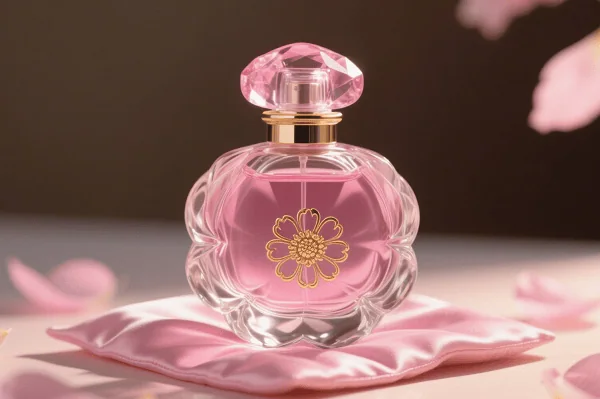
Choosing the right perfume bottle size can feel overwhelming. There are many options available. So, let’s explore the different sizes and what they mean for you.
What are the different sizes of perfume bottles?
Are you wondering about the standard sizes for perfume bottles? You see different numbers and aren’t sure what they mean. Let’s break down the common sizes.
Perfume bottles typically range from small sample sizes to larger bottles for regular use. Common sizes include 5ml (0.17 oz), 10ml (0.34 oz), 30ml (1 oz), 50ml (1.7 oz), 75ml (2.5 oz), and 100ml (3.4 oz). Larger sizes like 125ml (4.2 oz) and 200ml (6.8 oz) also exist, mainly for popular fragrances.
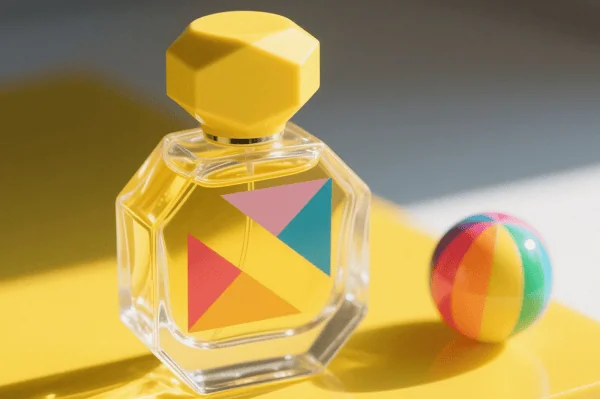
Understanding these different sizes is important. Small sample sizes, like 5ml and 10ml, are great for trying out a new scent before committing to a larger bottle. They are also very convenient for travel. These smaller bottles fit easily into handbags or travel kits, allowing you to refresh your fragrance on the go without carrying a bulky container.
Moving up in size, 30ml bottles are a good entry point for a fragrance you like. They offer a decent amount of product without a significant financial investment. A 30ml bottle can last for a reasonable time with regular use, making it a practical choice for everyday wear or for those who like to switch between different scents.
The 50ml and 75ml bottles are often considered the standard sizes for many perfumes. They provide a good balance between quantity and longevity. These sizes are popular because they tend to offer better value per milliliter compared to the smaller sizes, and they will likely last for several months with regular use.
Finally, the 100ml and larger bottles are the most economical options if you know you love a particular fragrance and use it frequently. While they have a higher upfront cost, the cost per milliliter is usually lower, making them a cost-effective choice in the long run. These larger sizes are ideal for those who have a signature scent they wear daily. As a glass bottle manufacturer (WXglass), I’ve seen firsthand how the demand for these various sizes fluctuates based on consumer preferences and market trends. We often work with brands to create sets that include a range of sizes to cater to different customer needs.
Is 100ml or 3.4 oz bigger?
Are you confused about milliliters and ounces when it comes to perfume? Sometimes the labels use different units. Let’s clear up which is larger.
100ml is slightly larger than 3.4 oz. One fluid ounce (oz) is approximately 29.57 milliliters (ml). Therefore, 3.4 oz is roughly equal to 100.54 ml. So, a 100ml bottle contains a little less perfume than a bottle labeled as 3.4 oz.
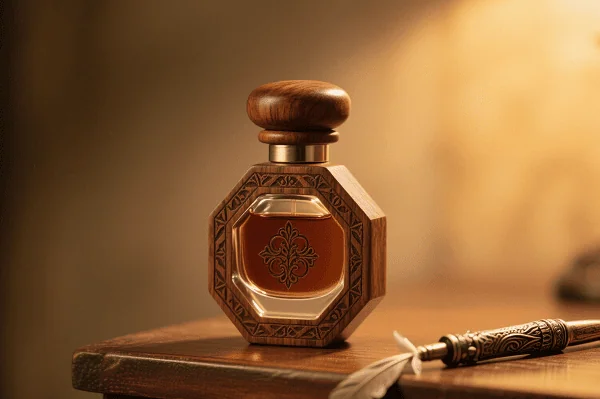
The slight difference between 100ml and 3.4 oz is often negligible in practical terms. However, understanding the conversion can be helpful when comparing prices and quantities, especially when sourcing products internationally. As WXglass, a Chinese glass bottle manufacturer, we often encounter these dual labeling requirements for different markets. For example, products destined for the US market might emphasize fluid ounces, while those for Europe and Asia typically use milliliters as the primary unit of measurement.
This difference arises from the different measurement systems used globally. The metric system, which includes milliliters, is widely used around the world, while the imperial system, which includes fluid ounces, is primarily used in the United States. Because of this, perfume manufacturers often label their bottles with both units to cater to a broader international audience.
When you’re comparing two bottles, one labeled 100ml and the other 3.4 oz, you can be confident that they contain virtually the same amount of perfume. The small discrepancy of about 0.54 ml is unlikely to be noticeable in everyday use. Knowing this conversion helps you make informed purchasing decisions, ensuring you’re getting the quantity you expect, regardless of the labeling unit. My experience in the glass bottle industry has taught me that clear and accurate labeling is crucial for customer satisfaction and avoiding confusion.
Should I get 1.7 or 3.4 oz of perfume?
Are you trying to decide between the 1.7 oz and 3.4 oz perfume bottle sizes? This is a common dilemma. Let’s consider the pros and cons of each.
Choosing between 1.7 oz (50ml) and 3.4 oz (100ml) often comes down to how frequently you wear the fragrance and your budget. The 1.7 oz bottle is less expensive upfront and a good option for occasional wear or trying a new scent. The 3.4 oz bottle offers better value per milliliter if you use the fragrance regularly.
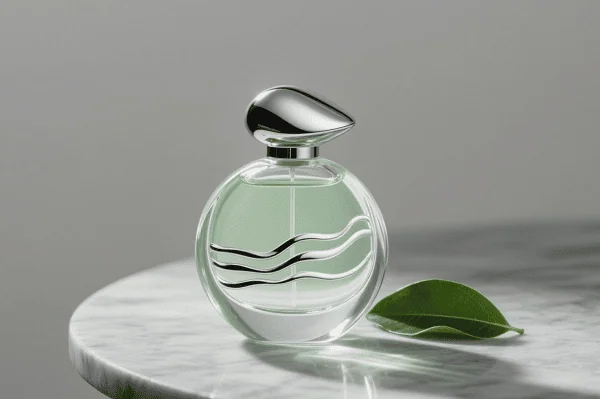
When deciding between a 1.7 oz (50ml) and a 3.4 oz (100ml) bottle, several factors come into play. Your usage habits are a primary consideration. If you wear perfume daily or have a signature scent that you go through quickly, the 3.4 oz bottle is generally more economical in the long run. While the initial cost is higher, the price per milliliter is usually lower, meaning you get more perfume for your money. This is similar to buying in bulk – the larger quantity often offers better value.
On the other hand, if you only wear perfume occasionally or like to rotate between different fragrances, a 1.7 oz bottle might be a more practical choice. It allows you to enjoy a scent without committing to a large volume that might take a long time to use up. Perfumes can degrade over time, so if you don’t use them frequently, a smaller bottle ensures that you finish it before it loses its original aroma.
Another important factor is your budget. The 1.7 oz bottle has a lower upfront cost, making it more accessible if you’re on a tighter budget or want to try out a new fragrance without a significant investment. It’s also a good option if you’re unsure whether you’ll love the scent enough to use a larger bottle.
Finally, consider storage and travel. A 1.7 oz bottle is more compact and easier to store, especially if you have limited space. It’s also more travel-friendly, as it’s less bulky and more likely to meet airline restrictions for liquids in carry-on luggage. As a glass bottle manufacturer (WXglass), we see many brands offering both sizes to cater to different consumer preferences and needs. Understanding these factors will help you make the best decision for your individual circumstances.
How big is a 100ml bottle of perfume?
Are you trying to visualize the size of a 100ml perfume bottle? It can be hard to imagine based on just the number. Let’s get a better idea of its dimensions.
A 100ml perfume bottle is generally around 4 to 6 inches (10 to 15 centimeters) tall. The width and depth can vary significantly depending on the bottle’s design. It’s a size that feels substantial in your hand and typically lasts for a good amount of time with regular use.
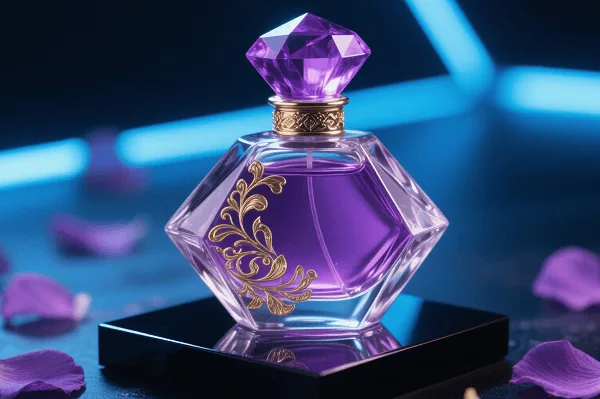
The actual physical dimensions of a 100ml perfume bottle can vary quite a bit depending on the brand and the specific design of the fragrance. Some bottles might be tall and slender, while others could be short and wide. The shape is often part of the brand’s identity and aesthetic. For instance, a luxury brand might opt for an intricately designed bottle that stands out, while a more minimalist brand might choose a simple, elegant shape.
However, despite these variations in shape, the volume remains consistent at 100 milliliters. To give you a better sense of scale, a 100ml bottle is roughly equivalent to a little less than half a standard-sized soda can (which is typically 355ml or 12 fluid ounces). It’s also similar in volume to a small teacup.
When you hold a 100ml perfume bottle, it will likely feel substantial but not overly large or cumbersome. It’s a comfortable size for regular handling and display. Because it contains a significant amount of fragrance, it’s a good option for those who use their favorite perfume frequently and don’t want to repurchase often.
From a manufacturing perspective at WXglass, producing 100ml bottles requires precision to ensure the correct volume and consistent quality. We work with various designs, understanding that the visual appeal of the bottle is just as important as its functionality. The size and shape contribute to the overall consumer experience, making the fragrance feel like a worthwhile purchase. So, while the exact dimensions can differ, a 100ml perfume bottle is generally a mid-to-large size that offers a good balance between quantity and usability.
Conclusion
Perfume bottle sizes vary, and understanding the measurements helps you choose the best option for your needs and budget.

